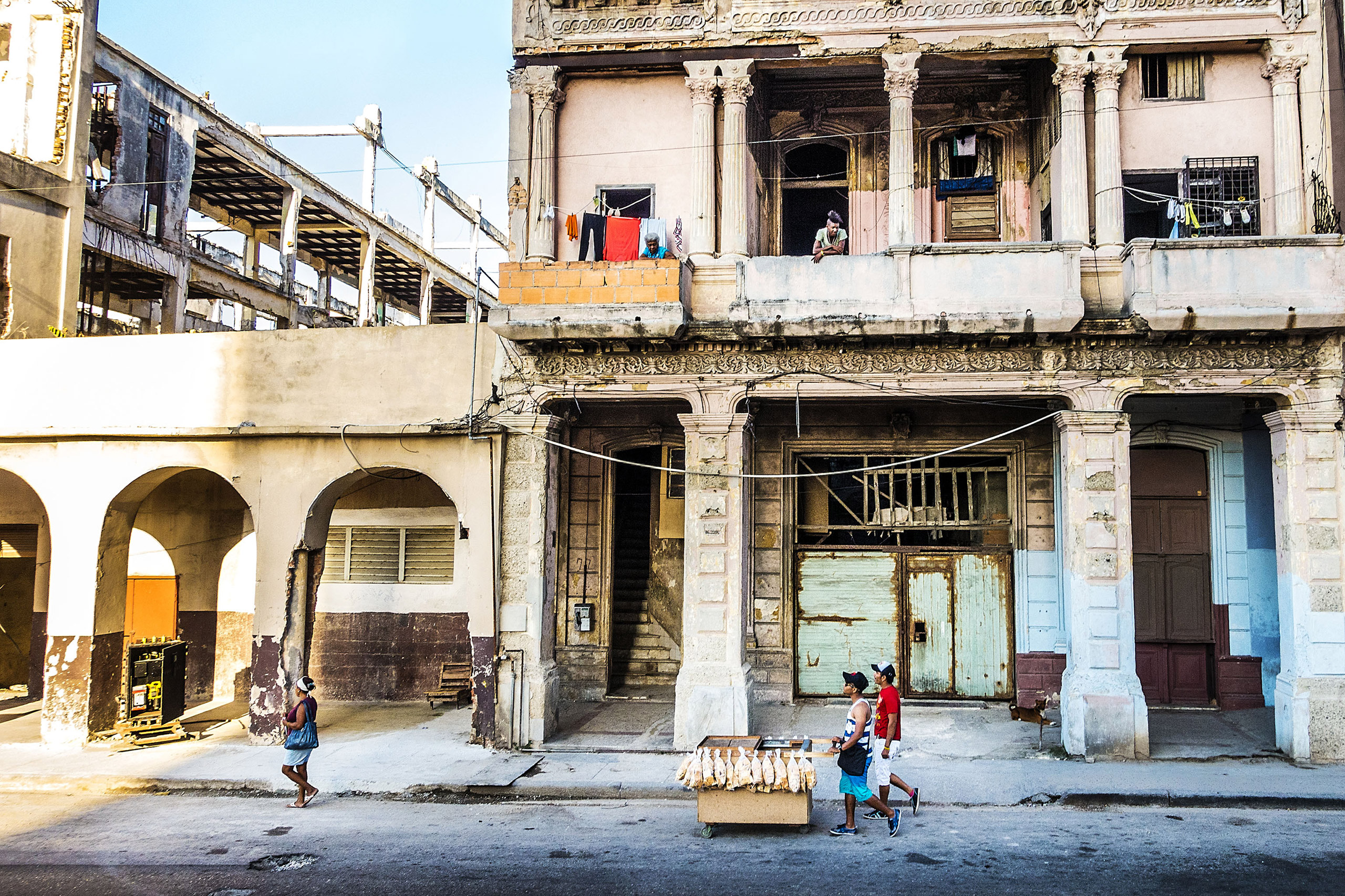
After 17 years in exile, A writer returns to an unreachable city
By Armando Lucas Correa
I’m a terrible Cuban. One of the worst. I spent 17 years without setting foot on the island where I was born. I avoid the unending debates about Cuba, and I’m aware of what’s happening in that part of world only when New York newspapers or newscasts mention it, which is almost never. From the time I left in 1991, Cuba has been a terrible nightmare for me.
So, I was feeling something between fear and paranoia, when I got on a plane to Cuba from Miami in February. It’s difficult to explain to someone who did not grow up in Cuba at a time when all phones conversations were monitored, when your neighbor reported you to the authorities if you stepped inside a church or if you accepted a call from a family member in Miami, which would brand you a CIA agent, what it’s like to go back.
I arrived at Miami International Airport at 9 a.m., but my flight didn’t leave until 7:30 p.m. The excitement felt by my seatmates only diminished mine. Some were so-called “mules” who are paid to use their luggage allotments to take clothing, 65-inch screen television sets, huge speakers, whatever, to Havana from the U.S. Others had just recently left Cuba and were returning to make sure they didn’t lose their status as Cuban residents. They were all excited to learn I was returning after 17 years; I kept telling them I had left Cuba in the 20th century and was now returning in the 21st. “Nothing has changed,” said the older woman sitting next to me.
In what felt like the blink of an eye, the captain announced we were making our descent into Havana and from my window I saw a darkened city.
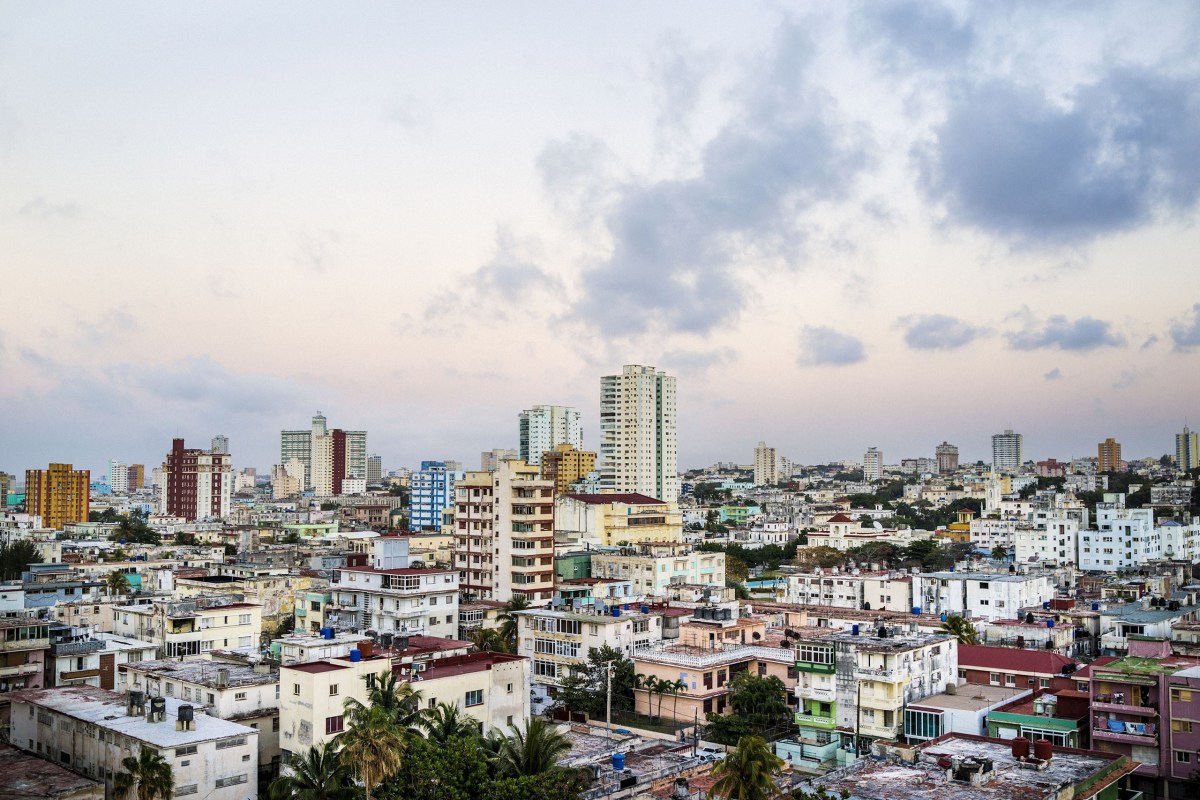
When I stepped off the plane onto the tarmac that led to the terminal at José Martí Airport, I was slapped with the smell of jet fuel that awoke many memories. I reached the window where an immigration official took my photo (the airport has gone digital). He scanned his computer after going through my Cuban passport, page by page. I took a deep breath and thought: “They’re not sending me back this time.” I kept saying that again and again to myself. In 1995, when I was a reporter for El Nuevo Herald—the Spanish-language edition of the Miami Herald—the Cuban authorities granted me a special permit to see my father in Havana, but once I arrived, they turned me around and sent me back to Miami on the same plane I’d taken.
This time, I mentally repeated, “They’re not sending me back this time” until I heard the click that indicated the immigration official had stamped my passport so I could go through. “Welcome, Armando,” he said without looking at me. I immediately texted my family and friends, all of whom were expecting news of my trip.
Now I had to go through Customs. I saw that one female inspector didn’t take her eyes off of me and was walking towards me, somewhat bewildered. My legs began to shake; I clung to my carry-on and looked away until I felt someone touching my shoulder. “Oh my God, I can’t believe you’re the editor of People en Español!” she said, giving me a hug. “Chico, why didn’t you vote for the Cuban girl?”
I had no clue what that inspector was talking about, but I took a picture with her. She explained that she saw me on Univision’s “Nuestra Belleza Latina” reality show, where a winner is chosen by popular vote every season. In Cuba, these television shows as well as movies from the U.S. are recorded and circulated through USBs, which are connected to computers or those 65-inch screens I had seen coming from Miami. Many times, those shows can be up to four years behind what we’re seeing in the U.S.
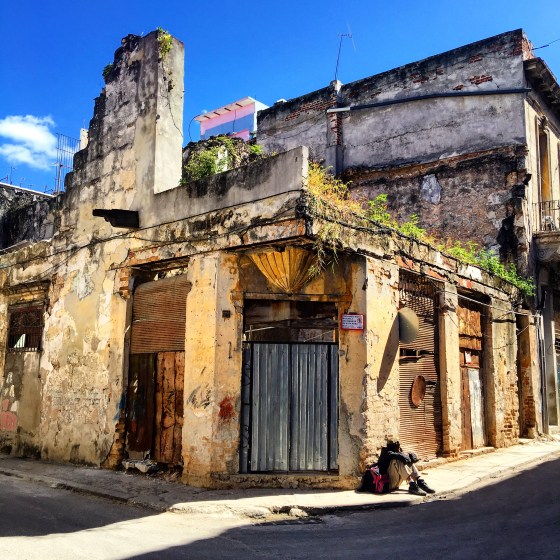
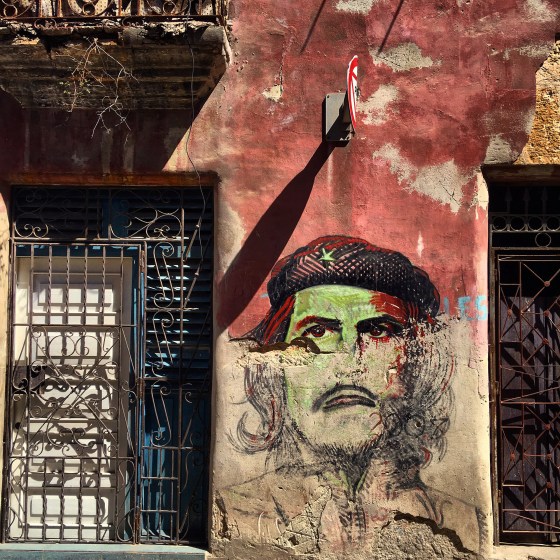
I’ve always told my three children—who in a way feel Cuban though they have no idea what their parents’ country is like—that we would visit Cuba when the U.S. Embassy in Havana was once again operational (this happened over a year ago), when my cell phone had reception there (it does now, thanks to Verizon), when we could use our credit cards there (still not the case) and I would not need a Cuban passport to return (still a long ways from happening). Even with only half of those things done, I decided to join a group of editors and publishers on a this trip to Cuba.
I exited with the group in the bus that would take us to dinner in one of the most exclusive restaurants in Havana under private ownership. I didn’t recognize the city. People in Havana really live in darkness.
The next day, I made a presentation at the International Book Fair in La Cabaña, a fort from the Spanish colonial era that was used as prison after Fidel Castro came to power. There, Ernesto “Che” Guevara personally oversaw the execution of hundreds of people who were against the new government. Photos of Che inside La Cabaña could be seen in different parts of the fair.
The number of people who lined up to buy books amazed the group of editors and publishers who traveled to Cuba. A long line of young people filled the hallways of the old jail.
The final scene in my novel, The German Girl, is set in the same place I was now in. I started to see the city how it was must have been seen by my characters: the 937 German passengers, most of them Jewish, who set sail with Cuban visas from Hamburg on May 13, 1939, on the Saint Louis trying to escape the Nazis. When they arrived in Havana, almost all were not allowed to disembark and were forced to return. Only 28 were able to stay in Havana, actually. Many who were forced back to Europe perished in Nazi concentration camps. I spent hours contemplating Havana as a distant and unreachable city, not unlike the characters in my novel.
I discovered restored colonial ruins, cafes for tourists, revived imperial architecture. The winter breeze in the tropics, a forgiving sun and different accents from tourists from all over the world made it almost impossible to tell if I was in Havana or on a side street in Paris or Milan.
I retraced the steps of my characters, which really was an exercise in retracing the steps of my youth. I went to the Colón Cemetery, the University of Havana, the Beth Shalom’s Synagogue and I discreetly took a picture in front of my childhood home in the Vedado neighborhood. Just as I was doing this, someone came out of the house, smiling, and approached me. I explained who I was and she said she still remembered my family. I told her about my novel, that the main character in it had spent her last years in that house. She asked me inside. I went to my bedroom, my mother’s and grandmother’s rooms, the corner where my sister and I would play. That enormous house that once seemed like a palace to me was now small, yet preserved in time, and for an instant I was even able to smell the lost scent of home.
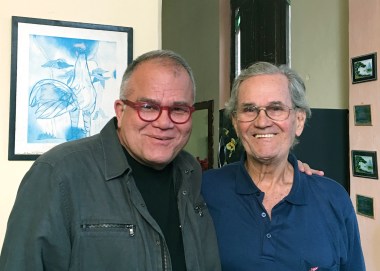
I also went to Central Havana, crossing destroyed streets and crumbling buildings propped up by pieces of wood and metal, to surprise my father. I was able to hug him as if we had never stopped seeing each other.
After revisiting my past, I had to work. At the book fair, Monique Manso, People en Español’s publisher, presented statistics about the U.S. Hispanic market, its buying power and our brand. We carefully showed our covers and not having seen the video beforehand, we showed clips from the recent Festival People en Español. For the first time, in an official government-controlled space, the images of Gloria and Emilio Estefan appeared. Rapper Pitbull appeared too, repeating his chorus “Nos vamos pa’ Cuba” (“We’re going to Cuba”). No one applauded. The auditorium was filled with perplexed faces.
In the last days of our trip, Cevin Bryerman, executive vice president and editor of Publishers Weekly, and Jon Malinowski, president of Combined Book Exhibit, signed the first accord between the U.S. and Cuba that will allow the exchange of books, authors and publications in the future. That same day we learned that the U.S. and Cuba had reached an agreement that will allow 100 daily commercial flights between the two countries. Currently, only chartered planes can make the trip.
Havana has definitely changed. It’s not more democratic, there are still no free elections, but you’re no longer jailed if you step inside a church, have a private bookstore or attend an embassy party where artists and intellectuals now find refuge. An actor told me that laws are still not applied or respected. “Anybody can come into your house or default on a contract and the police do nothing,” he said. “But if anyone on the street yells, ‘Down with Fidel!’ they throw them in jail.”
Today’s Havana reminds me of 1960s Havana, the one immortalized by Cuban writer Guillermo Cabrera Infante. In that Havana, there were still vestiges of capitalism, the splendors of nightlife and cabarets, iconic restaurants. They still held embassy parties for intellectuals, who ended up being accused of being CIA agents because of their diplomatic ties. After that came the so-called Cultural Revolution. Private businesses were confiscated; massive jailing of artists and homosexuals gave way to a dark period of the Revolution.
In what feels to me like a return to the ’60s, Havana is now full of private restaurants, bars and bed and breakfasts that the government has no idea how to regulate beyond charging them astronomical taxes. Buses filled with tourists take them to exclusive restaurants, some of them managed by the children of Cuban generals (Starbien), daughters of ministers and widows of executed generals (Río Mar) and nightclubs where art, food and parties mix (Fábrica de Arte). The state-run restaurants? Empty.
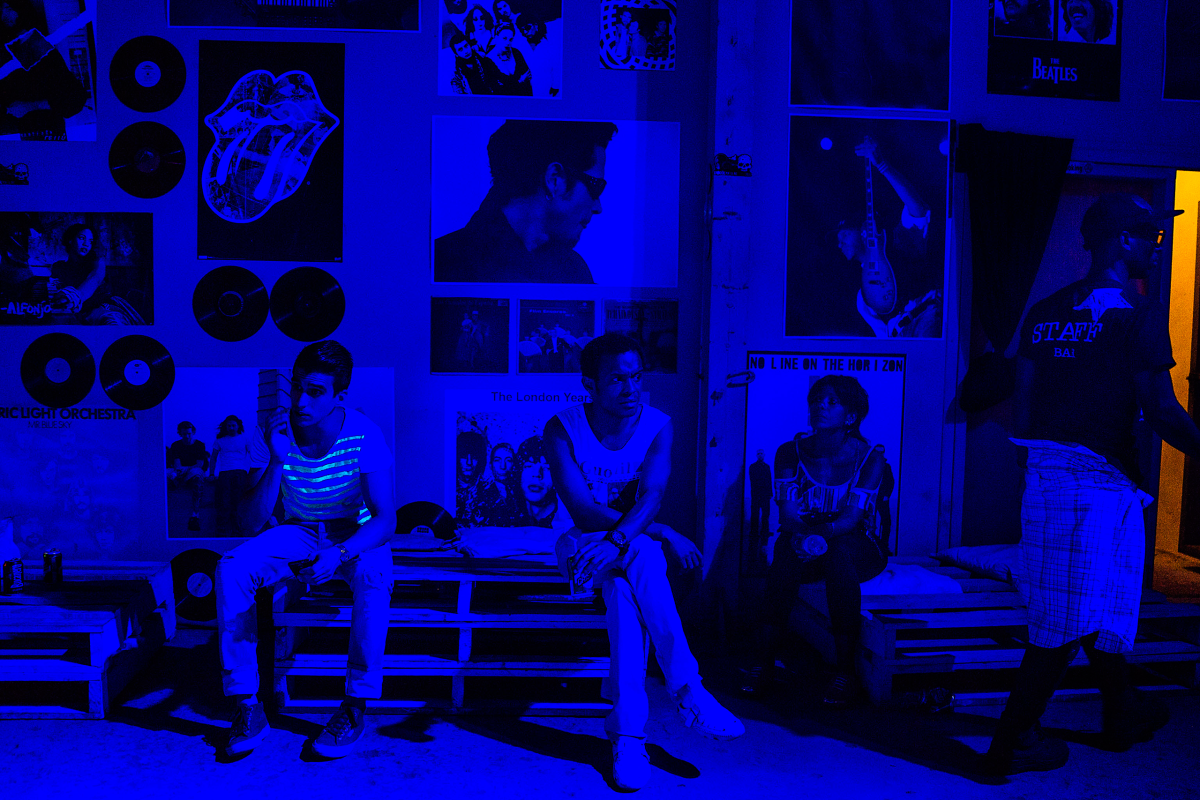
Today’s Havana has changed. I left a city at war, where in every corner they dug trenches that would protect us from imminent U.S. bombings, where billboards covered schools, buildings and walls with phrases like “Death to imperialism,” “Down with capitalism,” “Motherland or Death: We Will Triumph.”
In Havana, there are no more political billboards, only painted remains of some which can still be seen in corroded walls and dilapidated homes. It felt like the country was preparing itself for the imminent first visit of a U.S. president in 82 years.
The last night I went to a surreal party at El Cocinero, Havana’s hipster restaurant located at the foot of a chimney in an old oil factor. There writers who are censored in Cuba joined the U.S. cultural attaché, the wife of the Cuban ambassador to Spain, actors and new Cuban businessmen (both foreign or those who have come back from Miami), and, unbeknownst to me, the daughter and granddaughter of Raúl Castro. Different artists told me the same thing: “There is no going back.”
“Can you imagine if they all leave?” asked Havana-based writer Wendy Guerra, paraphrasing the title of her first novel, which was published around the world but banned in Cuba. They all insisted I return. Some asked me to come back the following weekend. “I opened up an art gallery in Old Havana,” said actor Jorge Perugorría, the main character in Fresa y chocolate, the only movie from the island to be nominated for an Oscar.
Yes, I will return, but I find it hard to accept that I have to do it as a tourist. I will return if we can do a photo shoot there for People en Español. I will return with my novel in hand to present it there. And yes, I will return with my three children some day. As a tourist? I don’t think so.
When it was time to say goodbye and once again face the long process of Customs and Immigration at José Martí Airport, I wasn’t nervous. I figured that I could call on the help of that official who is a fan of People of Español if there were any problems.
When they started going through my luggage, a woman dressed in military attire unwrapped several plaster religious figures I had bought at Our Lady of Regla Catholic Church as gifts. The woman, with a serious expression, warned me that they “served no purpose.” Alarmed, I was transported to 1980s Cuba, where believing in God could send you to jail. Surely, I was in front of an obstinate atheist. “They’re decorative items; I’m taking them as gifts,” I said. Taking my hand, she said: “Look, people place their faith on that piece of plaster and think that life will be better, but the only savior”—I thought she would say Fidel Castro—“is Jesus Christ. He is the savior; you should put your faith in him.” I almost laughed in her face. I had just realized that indeed, I had left Cuba in the 20th century and returned in the 21st.
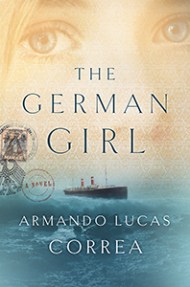
After another never-ending day at the airport in Havana—we had to wait six hours to board the plane—we arrived in Miami in a few minutes and I ran to catch my connection to New York. Arriving home in Manhattan, I heard my 10-year-old’s voice: “Daddy!” I had arrived home.
I went to bed but could not sleep and started to cry. Cuba still hurts. A moment later, I felt utter joy. I was happy. I finally understood I wasn’t such a terrible Cuban.
Armando Lucas Correa is the Editor in Chief of People en Español, a Time Inc. brand. His first novel, The German Girl, will be published by Atria Books, an imprint of Simon & Schuster in November 2016.
